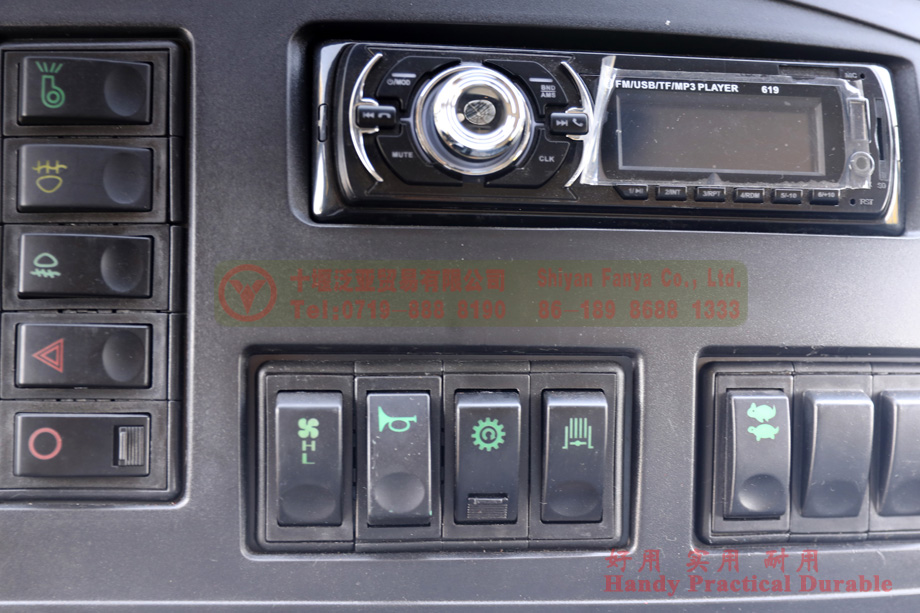1. Driving fatigue should not be
Long-distance truck drivers due to long hours, long-distance driving, it is inevitable that there will be fatigue, lack of concentration and other conditions, and even more in the driving time dozed off, especially in the road is wide and straight, or long downhill, truck drivers are most likely to be visually paralyzed and cause serious accidents.
2. Overtaking skills should be correct
In the process of driving, if you encounter a heavy truck ahead, want to go over, the correct method is: first away from the big truck about 100 meters away, observe the road ahead, in order to ensure that the road ahead is good,
good line of sight in the case of overtaking turn signals, honking, flashing headlights, and at the same time to observe the direction of the truck. If the truck does not occupy the road, and no tendency to sway left and right, then increase the throttle quickly over it.
Do not immediately merge into the traffic lane after exceeding, it is best to be able to pull away from the big truck about 500 meters distance and then back to the normal traffic lane to go. In the whole process, be sure to hold the steering wheel, close to the truck when the horn and strobe headlights to be carried out at the same time, can not do without.
3. Cumbersome upshift, the brake does not play a big role
At present, the domestic highway traveling on the heavy truck due to gears, accelerating the process of upshifting is quite cumbersome, truck drivers once accelerated, basically rarely change their mind to slow down.
Most of them go through the driving experience and skills to avoid some obstacles, and the brake is naturally used less and less, which is the root cause of the accident hidden danger.
4. Pay attention to the blind spots of large trucks
Large truck drivers in the case of only turning the eyeballs without turning back, you can see the front sides of the range of about 200 degrees, while the three mirrors can only provide the side of the rear of the visual range of about 60 degrees, the remaining 100 degrees angle of the range is the visual blind spot.
In fact, every car has a blind spot, just different sizes, so we are in the parallel overtaking time, in the parallel before remembering to turn your head a little, with the rest of the eye from the side window to observe whether there is a car.
Post time: Oct-31-2023
























